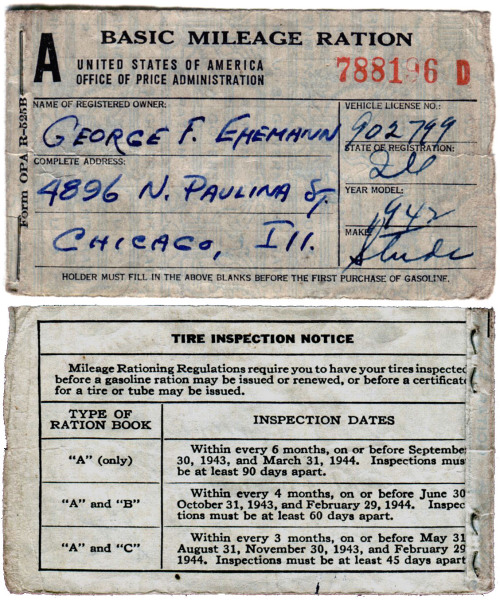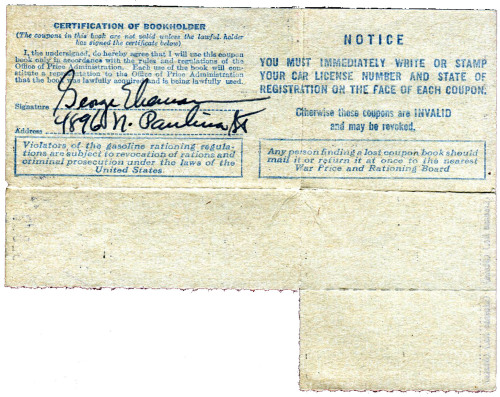#historical writings
For this Memorial Day I give you an obit from my Grandma Alice’s scrapbook. She clipped a good number of them from friends and family that passed over the years. In this instance we have one for Pvt. Joseph Janzer, whose wife apparently worked with my Grandpa George. (I’m guessing it was with him because of the “Dept. 61” listing.) While the obit gives us some cursory, and rather sad background on Pvt. Janzer, I decided to see what else I could find.
Joseph Janzer was a member of the U.S. Army’s 141st Field Artillery, which is known as the Washington Artillery. According to a Cook County genealogy site he was killed in action on February 4, 1945. At that time his unit was fighting in what became known as the Colmar Pocket in Northeast France. This pocket was created by a Nazi offensive that in turn created a bulge into the Allied line. It is not far from the location of this battle that his remains are interred at the Epinal American Cemetery in France.
While it is impossible for me to know, I do hope his wife was able to make it out there at least once to visit him. With that said, someone cared enough to lay these flowers and flags at his gravesite as you can see in this Find A Grave photo. My guess is that Pvt. Janzer has family out there that remember him.
Post link
Rationing was a way of life during WWII. From gasoline to pantyhose, it seemed like everything was limited. In old photos you can see the ration stickers on car windshields (the green “B”), which was there to show the attendant how much gas you were allowed to purchase. With this you received stamps and other various paperwork that had to be filled out in order to get your fuel. An “A” sticker was issued to the general public. The “B” my Grandpa Ehemann received was because his job was considered vital to the war effort. This meant he was allotted up to eight gallons a week. There were six different window stickers and even a “R” one for farm vehicles. These were a part of everyday life. So much so they became part of popular culture, like at the end of this classic Bugs Bunny when his crashing plane doesn’t crash because it runs out of gas. Why, because he only had an “A” sticker.
An interesting yet lesser known fact is that the rationing wasn’t really created to control fuel consumption, but was there to help save on tires. Gasoline could be made domestically, but rubber trees don’t grow here (at least not in mass quantity). That raw material came from Asia, which of course was controlled by Japan at the time. That’s why if you look closely at the paperwork you’ll see a lot of references to mileage and tire inspections. There was even a national speed limit of 35 MPH put in place to help curb tire wear.
Here’s an example of some of the ration paperwork one had to keep track of to fill-up at the station. The photo is of my Grandfather’s 1942 Studebaker that is referred to in paperwork. There were some other ration related items I’ll get to later.
Post link










